Luxury Curtains Designed for Modern Villas
Best Price Curtains in Dubai | Free Measurement & Fast Installation

Why Choose Us
Best Prices: Get unbeatable rates with no middlemen
- Custom Fit for Every Window: Tailored designs that suit your space and style.
- Quick Turnaround: Fast delivery and professional installation across Dubai.
- Wide Fabric Collection: Choose from blackout, sheer, motorized, and thermal fabrics.
- Instant WhatsApp Support: Get price quotes, fabric options, and booking instantly.
White Friday & Holiday Offers
🎉Best Price
Transform your space with elegance and comfort at the best prices you’ll find anywhere
🆓 Free Installation
Sit back and relax — we’ll handle everything. No hidden costs, no hassle — just perfect curtains installed for you
📦 Fast Delivery
Get your custom curtains delivered quickly and on time — because your dream space shouldn’t have to wait
Fast Online Support
- Message Us on WhatsApp → Share your requirements or window size.
- Get a Free Quote → We’ll suggest the best fabric and design options.
- Schedule a Free Visit → Our expert measures and shows fabric samples.
- Professional Installation → Fast delivery & perfect fitting.
WhatsApp Support
Quick help, easy orders, and design advice — just a message away
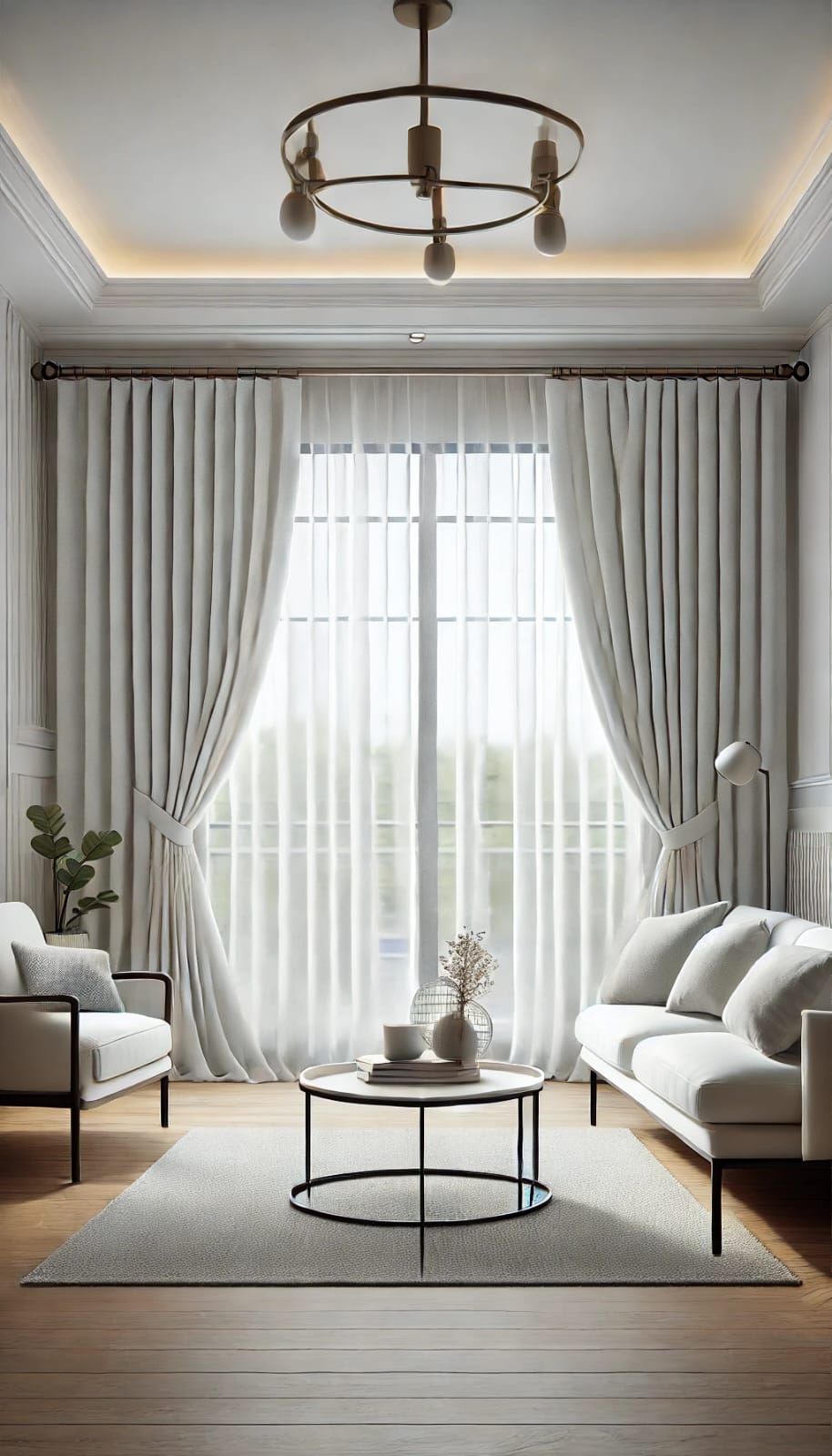
our team

Popular Curtain Categories
- Blackout Curtains – Perfect privacy & total light control.
- Sheer Curtains – Elegant and soft for a brighter look.
- Thermal Curtains – Save energy and keep your home comfortable.
- Motorized Curtains – Smart control with remote or mobile.
- Wave & Eyelet Curtains – Modern, stylish, and easy to maintain.
- Custom Designs – Pick fabric, size, and style to match your décor.
Send Your Window Size on WhatsApp to Get an Instant Quote!
LIVE PROJECTS
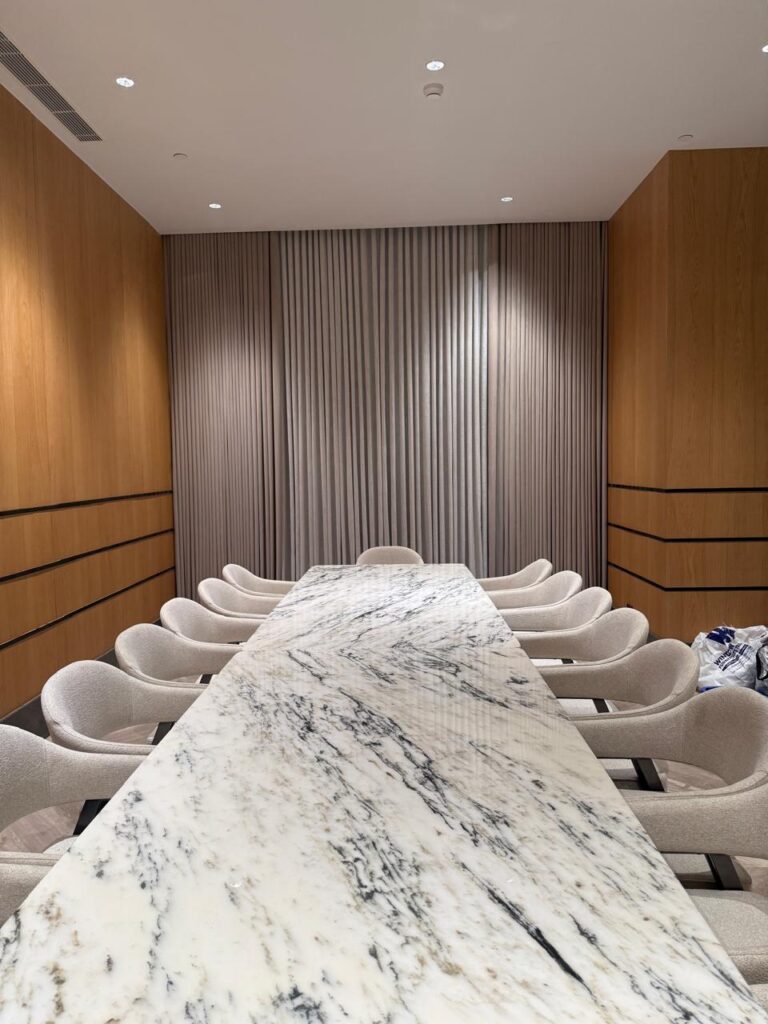
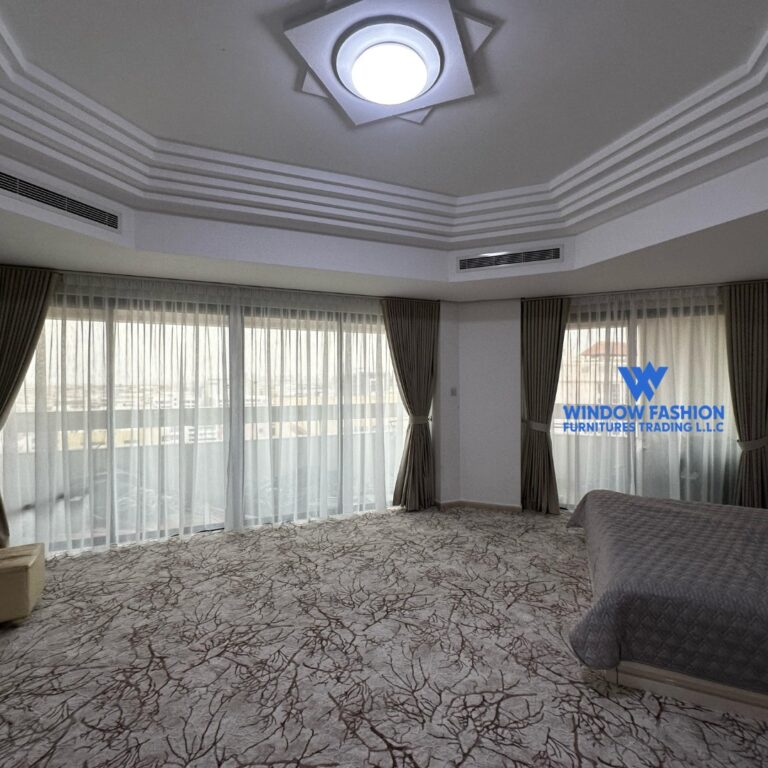
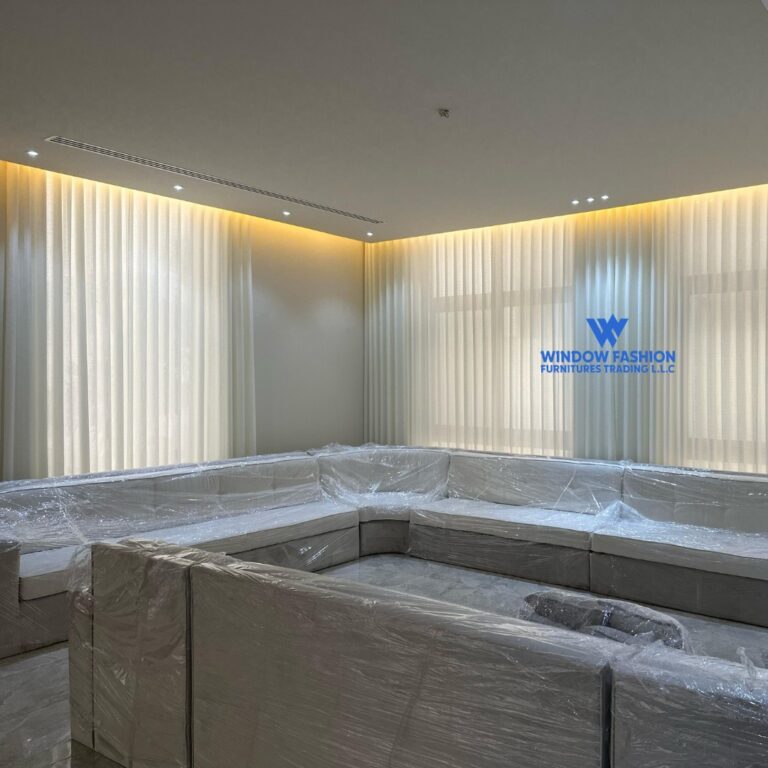
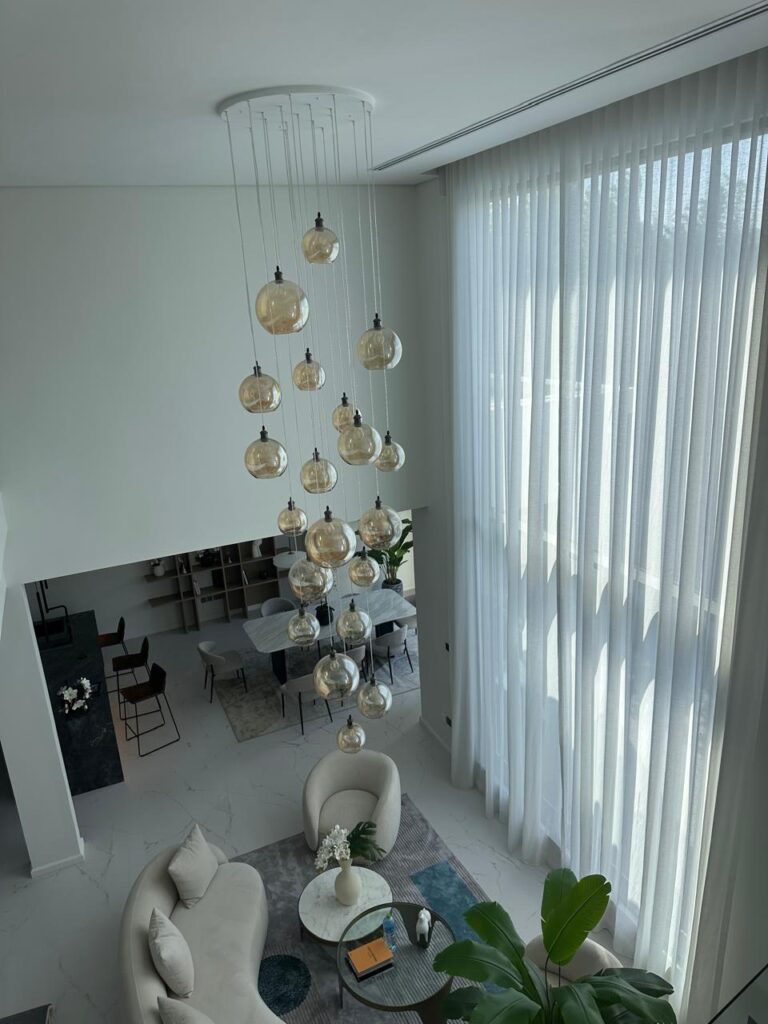
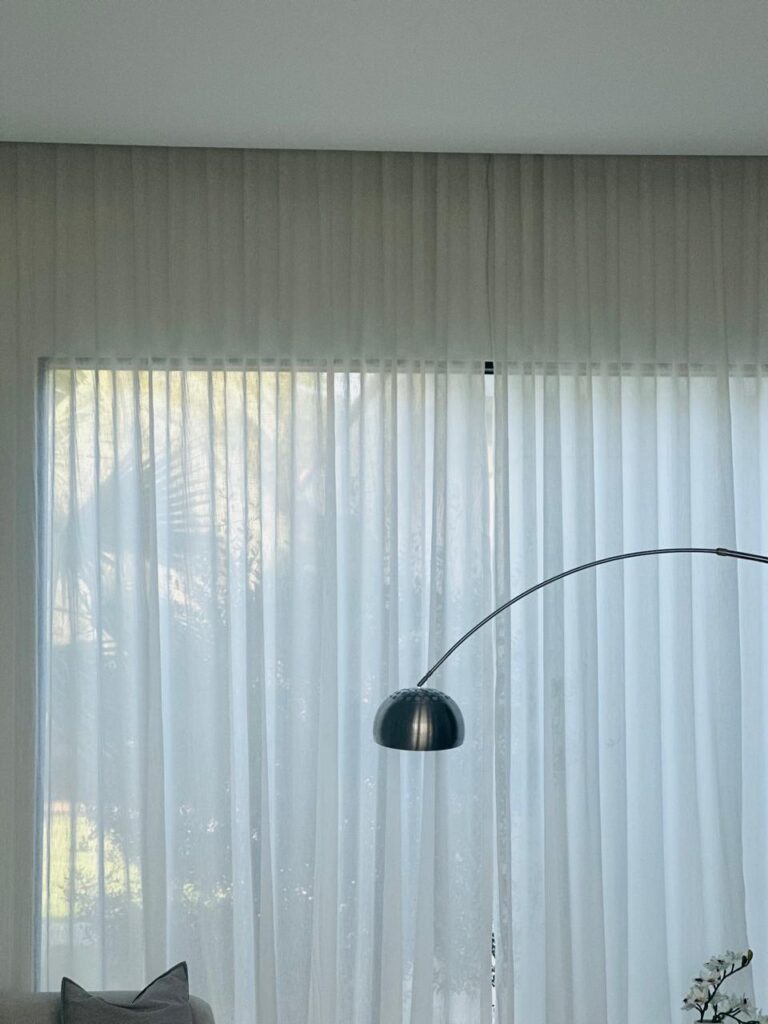
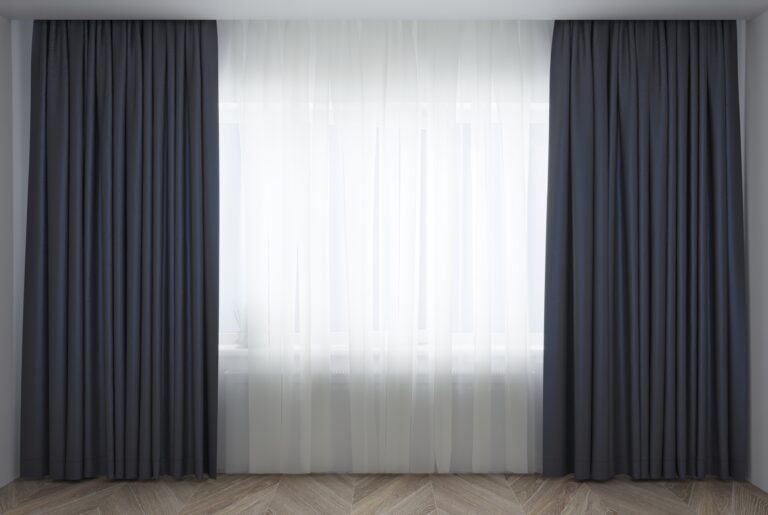
51 +
Professional Team
800 +
Projects Completed
560 +
Satisfied Customer
5.0
Company Rating
Fabrics
Premium Fabrics
Discover top-quality materials that bring luxury, elegance, and durability to every window. From soft sheers to rich velvets, our curated fabric collection offers endless choices to match your style.
Chat Now & Book Your Free Measurement

our team
Perfect fit for any space
Costum Design
Best Curtains Shop In Dubai

sheer Curtains
Sheer curtains in Dubai add a touch of elegance and softness to any room. These lightweight curtains diffuse natural light beautifully, creating an airy and inviting atmosphere. Discover the various styles and colors of sheer curtains Dubai has available to elevate your home décor.

Blackout Curtains
For those seeking the best curtains in Dubai, blackout options are ideal for ensuring complete darkness and privacy. Perfect for bedrooms and media rooms, these curtains Dubai online offers provide excellent light control and insulation, enhancing comfort and energy efficiency.

Blinds
Window Fashion Furnitures Trading LLC provides your window curtain theme with the perfect appearance matching your preferences and requirements. Whether you want machine-made or hand-made curtains, our team can create them in the style you want, giving you a choice of looks to suit your needs. We offer the most cost-effective window solutions in the UAE. Contact us today to get your free quote now!
FAQs
Do you offer home visits?
Yes, we provide free measurement and consultation within Dubai.
How long does installation take?
Usually within 3–7 working days.
Can I see samples before buying?
Absolutely! Our team will bring fabric samples to your location.
Do you provide motorized curtains?
Yes, with smart control options.
Our Contacts
Contact Information
-
Phone
+971 562622268 -
Location
78G6+8C8 - Naif Rd - Deira - Al Murar - Dubai - United Arab Emirates -
E-Mail
info@windowfashion.ae
